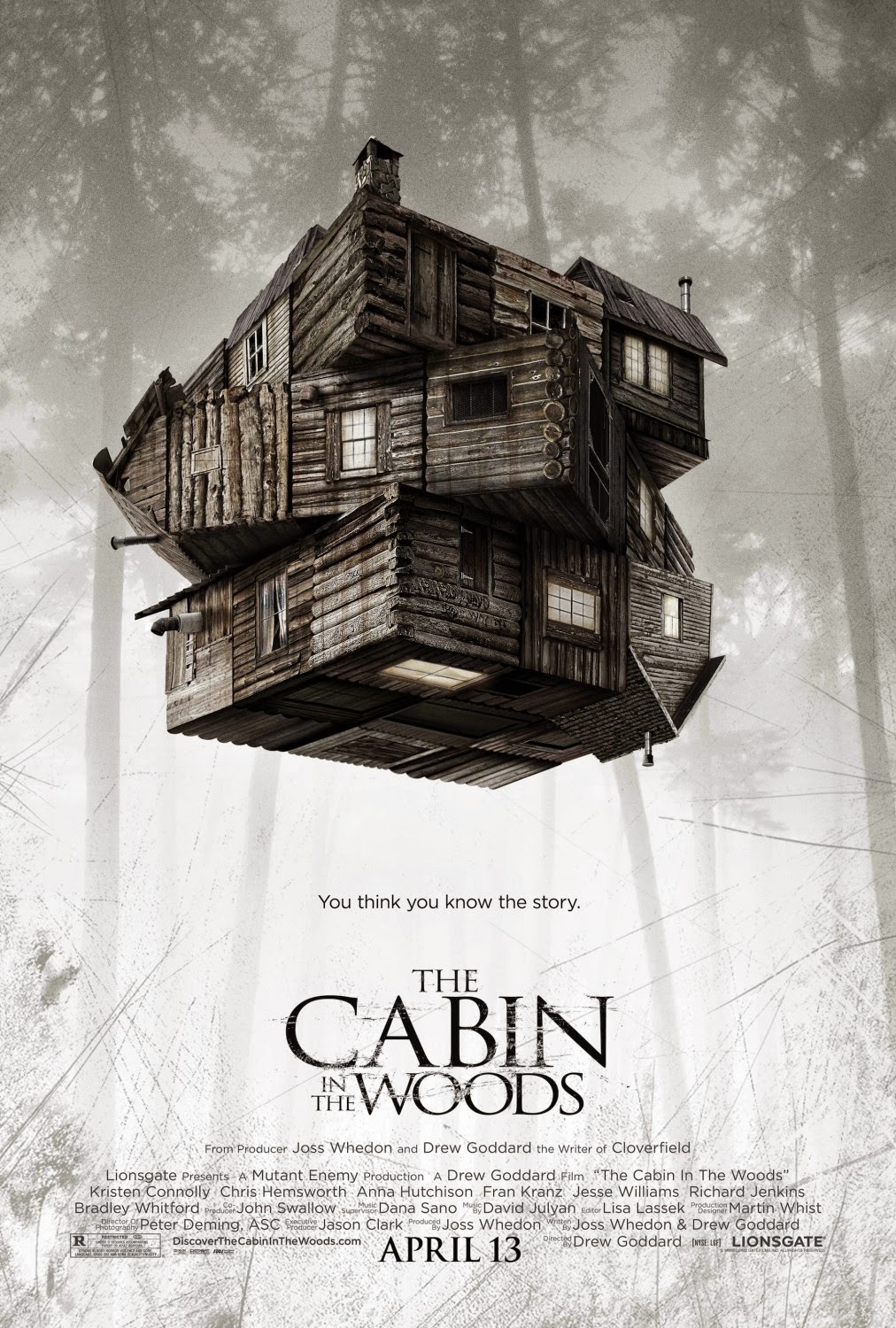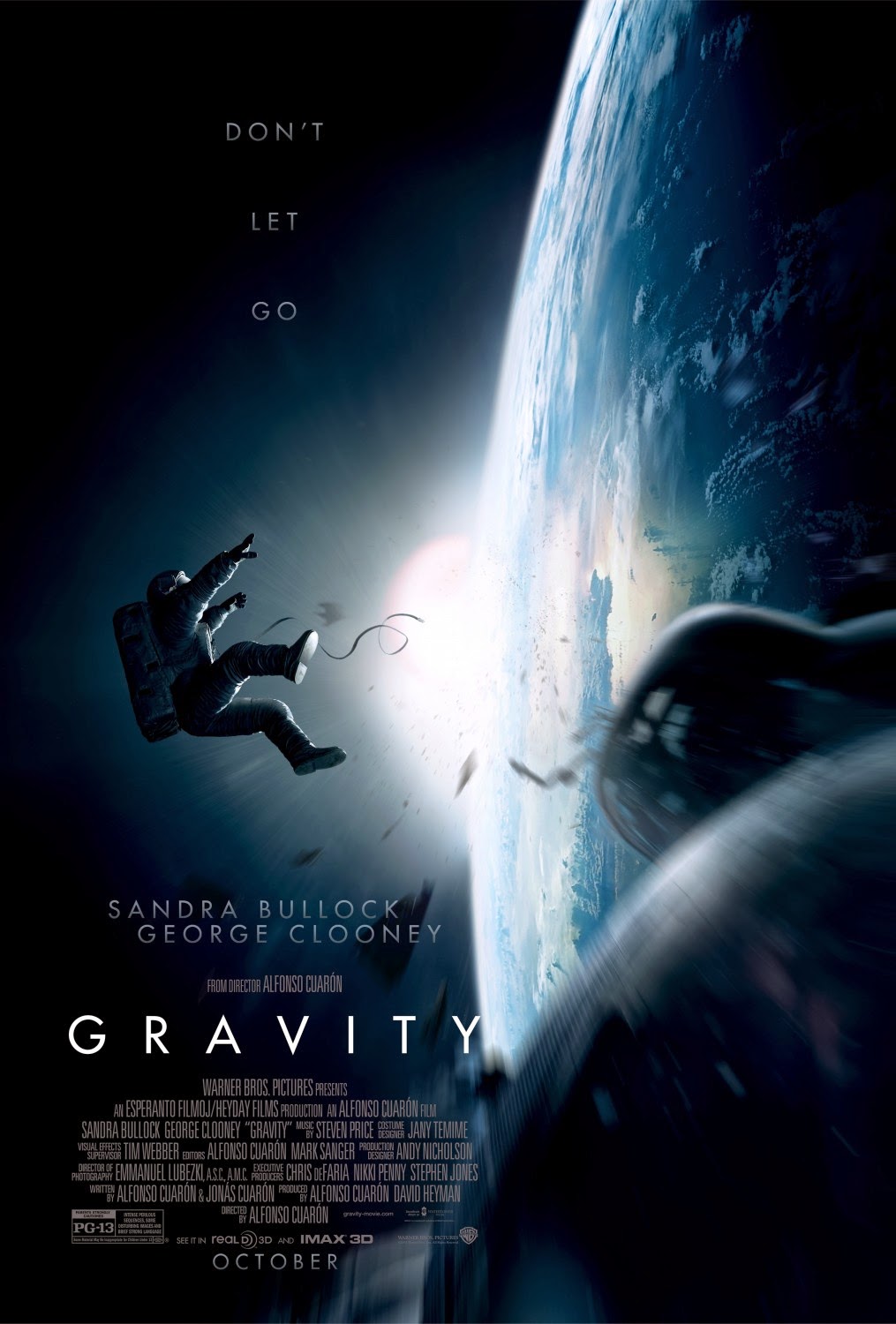In this post I will list 20 existing film publications, with a brief analysis of content, style and its targeted audience. This is beneficial as it will give me a basic understanding of the conventions used in a existing film publications. In addition, this research will be beneficial later on in my project when designing my own magazine front cover, as I will use all the existing conventions to make my front cover look more realistic and authentic. This research was also helpful as it allowed me to think about the most appropriate type of magazine that would promote my film.
The magazine I choose to help promote my film, will depend on the following factors; audience. whether or not the film is mainstream (Big blockbuster) or an independent and the genre of the film.

Empire is a British magazine which it currently the biggest selling magazine in Britain. Empire's target audience is focused between 15-24 years. The magazine is published monthly and is also released in America, Australia, Turkey. Russia and Portugal. Empire also organised the annual 'Empire year awards', which are voted by readers. Movies and interviews discussed in this magazine, tend to main be mainstream Hollywood Blockbuster movies, as this is the main interest of its demographic audience.
 Cinefax
Cinefax is one of the first special effects magazines to be published. The magazine is aimed at a niche audience; being the special effect industry. The magazine includes exclusive clips of up coming movies and detailed articles on what features will appear in the films.
.

Premiere is American magazine which is targeted at mainstream big budged movies. The magazine was first established in France in 1976 and was named 'Premie're'. The magazine has now become one of the biggest sellers including unseen footage and a spotlight on "hot"screenwriters.
 American Cinematographer
American Cinematographer is another example of a magazine directed at a niche audience. The magazine focuses on the arts and crafts of cinematography. It includes in-depth interviews cinematographers, directors and specialist in the industry. This magazine's entire focus is on the arts of cinematography and even includes historical articles and information of the technology that impact elements of the craft/art.
 'Bright Lights'
'Bright Lights' is an online magazine, week publishes weekly. These issues can be accessed through tables or mobile phones. Online magazines are becoming increasingly popular as they a more economical and accessible for the consumer.
 Sight & Sound
Sight & Sound is magazine which's primary focus is film reviews. The magazine releases a monthly issue on new releases and upcoming releases. Sight & Sound also reviews limited released, that are shown in Art Houses; these films tend to be specialized in arts, rather than for entertainment. This magazine clearly targets a more sophisticated audience, compared to a general movie review magazine. This point is reinforced by the cover of the magazine; often an image of the Director. The magazine includes a full cast and crew list of each film reviewed.

Noen is targets a more broad and diverce audience. Whilst the magazine including big budget film reviews, actor profiles, interviews and contemporary movie profiles (Written with a sense of humor), it also features a variety of classic and cult films.
 Hotdog
Hotdog is targeted towards the cynical view of the industry, especially Hollywood. It is debated that in recent years the magazine has moved more towards the mainstream film press. Nevertheless, HotDod is known for its interest in publishing pieces which appeared to contrary the audiences general opinion.
 Shivers
Shivers is another example of a British magazine. Its primary focus is the horror genre. Shivers does not only review films, it also reviews Television programs, and literature. Shivers also covers featured contemporary horror films.
 Cineaste
Cineaste is written and published in New York. The magazine is published quarterly, rather than weekly or monthly. It includes in-depth analysis and interviews of general releases. It does not only review movies, but also television shows.
 Total Film
Total Film is another example of a British film magazine, first published in 1997 and is published 13 times a year. The magazine offers film, DVD and blue-ray news, reviews and additional feature. It is the second biggest selling film magazine in Britain, after Empire. The cover normally includes a character from a big Hollywood release, or reconcilable star.
 Film Review
Film Review first started as a promotional magazine for ABC circuit. The magazine became a success and was a popular monthly magazine featuring news, pictorials , literate reviews and information. For nearly sixty years it was one of the most appealing publications for films. It covered a wide range genres and styles of films.
 Movie Maker
Movie Maker is an American film magazine. It is primary focus is on the arts and business of making movies, with attention to independent films. It includes featured articles movie making techniques, trends, technology and product updates. The cover often features an image of a director or actor (outside of the mainstream industry).
 Femme Fatales
Femme Fatales is a magazine targeted at men in particular, focusing on films and television actresses. It is mainly directed at science fiction, fancy dress and horror actresses. The magazine includes interviews with the actresses and directors. The cover of the magazine normally includes an acress in character.
 Scarelet Street
Scarelet Street is an American published magazine that specialized in the genre of horror and mystery. The magazine includes interviews and exclusive information regarding the horror genre.
Mad monster is another American published magazine. This magazine is also based on the horror genre. Mad monster also features interviews and exclusive information. However, targets to a younger audience, this is shown as it includes puzzles and games.
 Screen International
Screen International is a multi-media magazine that focuses on international cinema. The weekly published magazine is aimed at people who work within the cinema industry, rather than the general public. The company of the magazine also produces publication at film festivals.
 Starburst
Starburst is a another example of a British film publication. It is aimed at the science fiction genre. The magazine published monthly issues with additional news and reviews being published daily on the website. The magazine contains news, interviews and reviews specifically on the genre. One of the main uses of the magazine is to help promote forthcoming releases of films and TV shows in the genre.
Little White Lies is another example of an independent British published magazine. The magazine features writings, illustrations and photography related to the cinema. The content of the magazine is split into six sections; the lead review, an editorial introduction, a series of articles inspired by the featured film, theatrical reviews and last section focuses on new releases.





































































